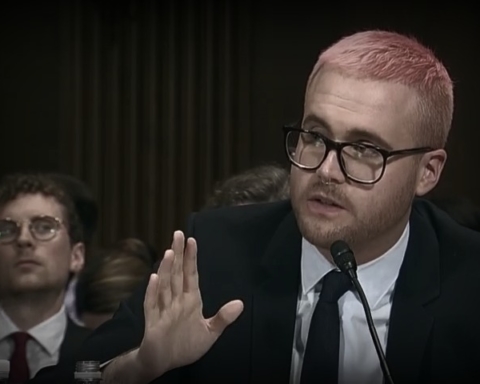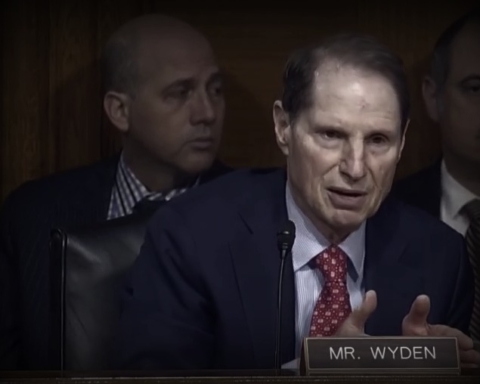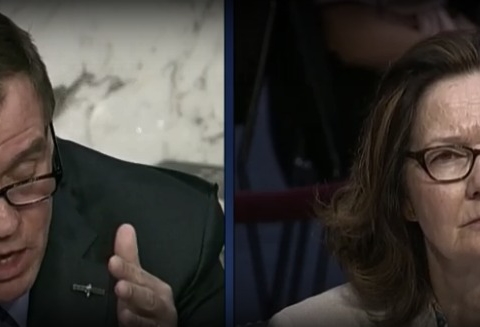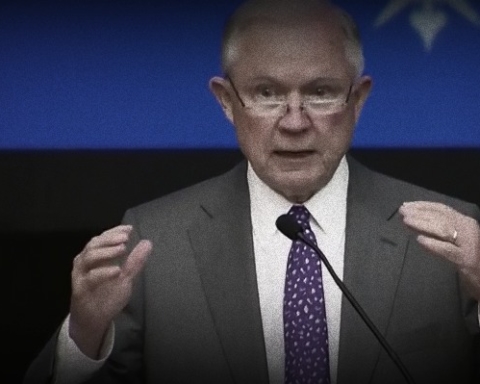Federal law enforcement officials were forced to admit that there are shortcomings in new policies implemented to address privacy concerns related to airplane-mounted surveillance devices.
Justice Department Office of Legal Policy head Elana Tyrangiel acknowledged that the rules on cell site simulators do not apply to local police departments, except on occasions when they are working in conjunction with federal authorities. She said that it would be “complicated and difficult” for the DOJ to oversee the use of the so-called “stingrays” at the state and local level.
She added, though, that she’s hopeful the DOJ guidelines “will serve as a model” for local police to follow.
Tyrangiel made the remarks in response to questions by House oversight subcommittee on information technology chair Will Hurd (R-Texas) at a Wednesday hearing before the panel.
Both the Department of Justice and Department of Homeland Security in recent weeks issued nearly identical policy guidelines to oversee the proliferation of stingrays.
Tyrangiel claimed that the new policy—which created a warrant requirement and data retention restrictions—is “intended to enhance transparency and accountability, improve training and supervision, establish a higher and more consistent legal standard, and increase privacy protections.”
The use of cell site simulators by federal and local law enforcement organizations has sparked worry since the surveillance technology casts a wide net and scoops up cell phone information from not just targeted suspects but from others in the vicinity.
During the hearing, lawmakers honed in on others problematic components of the recent directives—primarily the notable exceptions to their warrant requirements. Both the DOJ and DHS policies outline “exigent” and “exceptional” circumstances that detail when obtaining a warrant is not feasible. On the DHS side, that includes certain activities related to the Secret Service’s protection of the President.
Tyrangiel claimed before the subcommittee that the exceptions will be “deployed very rarely.”
“This is more like safety valve in the policy in the event there are circumstances that we could not foresee when we went to a flat warrant requirement,” she added.
Prior to Wednesday’s hearing, Sen. Patrick Leahy (D-Vt.), the ranking members of the Senate Judiciary Committee, criticized the exemptions.
“I am disappointed that DHS has included the same problematic exception to the warrant requirement that is in the Justice Department’s policy,” he said in a statement. “We must ensure stronger protections for the privacy rights of innocent Americans who are not the targets of an investigation.”
Another question raised by the hearing concerned what exactly the DOJ was collecting with stingrays before the guidelines were issued. Rep. Mark Walker (R-N.C.) asked if department officials used the devices to collect the content of cell phone calls.
“I will have to get back to you about what the policy said,” Tyrangiel said, adding that under the new policy, devices “must be configured not to collect content.”
“I’m glad to hear we have new policies,” Rep. Walker responded before adding that he has “some trepidation about what we were collecting before then.”
Skepticism around the FBI’s use of stingray technology persisted through Thursday, too, when, during a House Judiciary Committee oversight hearing of the bureau, Rep. Darrell Issa (R-Calif.) questioned Director James Comey about the technology.
“I’m going to ask you to tell us now for the record how you control the access to these products when they’re not being used and how you control them when they are being used,” Rep. Issa said. “Not just at the FBI but to the extent that you’re cooperating with non-federal agencies around the country that have these devices.”
“We’ll get you information on the record,” Comey responded.
Issa called the stingrays “too powerful a tool not to have a series of controls” over, and referenced the lack of warrant requirements and “some allegations they’ve been used to track policeman’s girlfriends or wives activities and so on.”
Still, lawmakers on Wednesday’s panel recognized the strides that federal authorities have made in reining in the technology since its use was first revealed to the public in November 2014 by the Wall Street Journal.
Documents later obtained by the New York Civil Liberties Union revealed that certain local law enforcement agencies using stingrays with the FBI were prevented by the bureau from discussing the technology through mandatory non-disclosure agreements.
“I think the plans have come a long way over these past few months,” Rep. Hurd told the witnesses.






